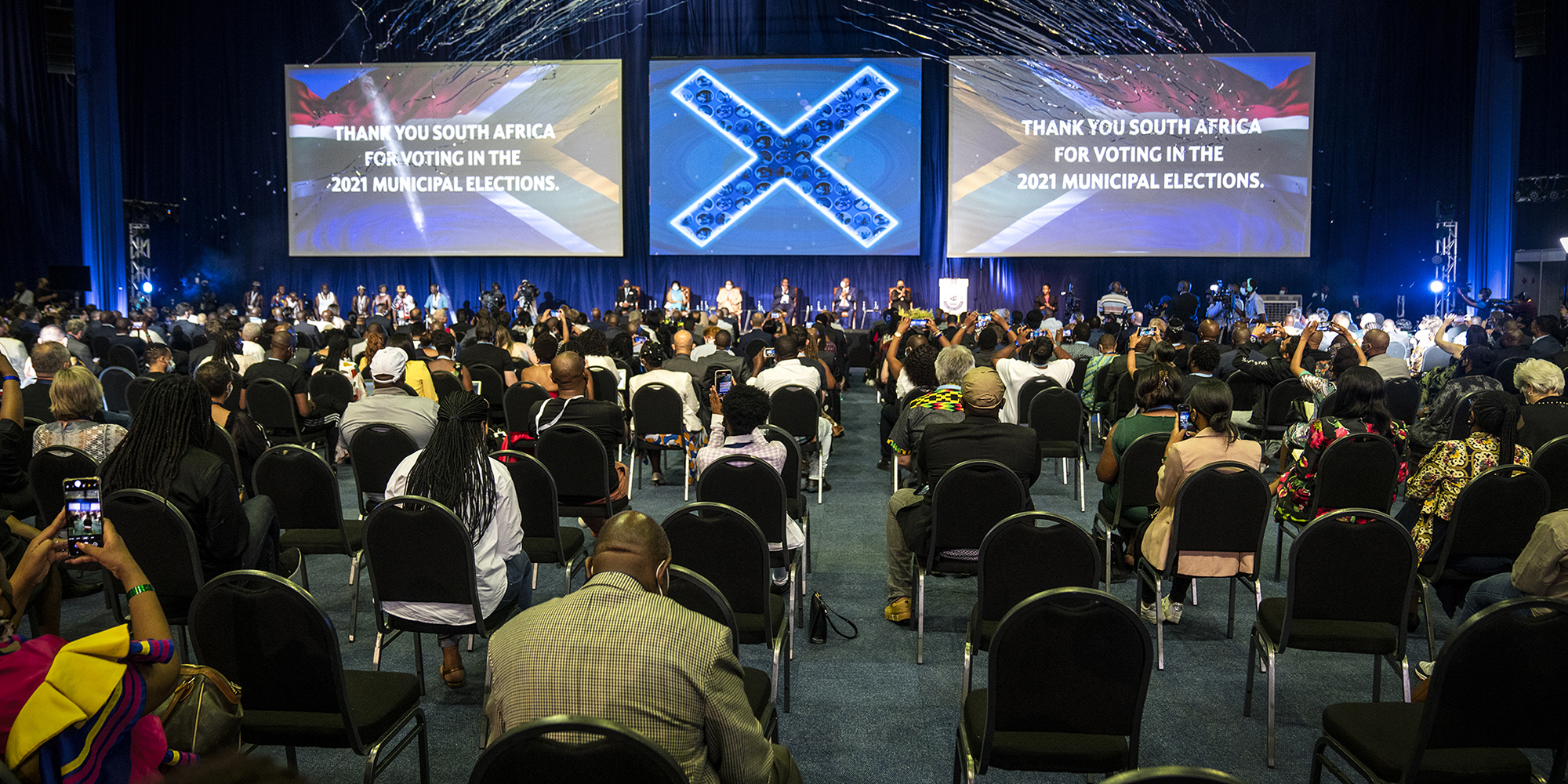Research organisation Good Governance Africa has published its latest analysis of the best and worst-performing municipalities for 2024 – and the results throw up an interesting fact: coalitions don’t necessarily result in catastrophe.
In no fewer than 10 of the 20 best-performing municipalities, no single party had an outright majority.
I had a chat with the senior data analyst on the project, Pranish Desai, who told me that this result is somewhat deceptive.
For a start, the number of hung municipalities overall has increased, so it stands to reason that coalition municipalities in both performance categories should increase.
The number of coalition municipalities in the top 10% has more than doubled since the previous report in 2021, which on its own demonstrates the large growth of hung municipalities.
But the number of successful coalition administrations is surprising, considering the awful mess that the Gauteng municipalities have got themselves into with their attempts.
Desai has some interesting ideas about the differences between municipalities that have performed well under coalitions and those that have not, but the results are important considering the possibility – or perhaps likelihood – that SA’s next national government may be a coalition.
It’s crucial to be aware that these results are not survey-based; they are drawn from as many factual sources as Good Governance Africa could dig up.
The organisation generates what it describes as a Governance Performance Index for each municipality, including the metros, based on publicly available assessments. These include reports by the Auditor-General, National Treasury, the Department of Water and Sanitation’s Blue Drop, Green Drop and No Drop reports, and research measuring residents’ satisfaction with their municipality.
Western Cape
It will surprise nobody that the top-performing municipalities are in the Western Cape, but interestingly, this number has increased.
In 2021, 13 out of the top 20 municipalities were in the Western Cape, and are now up by two in the 2024 study. The report finds that Swartland Local Municipality, near Malmesbury, is the best-performing municipality in the country, followed by Drakenstein and Saldanha Bay. All three are in the Western Cape.
This does have to be taken with a little pinch of salt because the Western Cape is the one province where there were no homeland areas during the apartheid era, so they started from a higher base way back when.
And there are contraindications, of course; some regions that were part of the homeland systems are now in the top-performing category, most notably the Winnie Madikizela-Mandela Local Municipality that surrounds Mbizana in the Eastern Cape, which was, in 2016, the lowest-ranking municipality in the country and is now in the top 15%.
Likewise, one of the Western Cape municipalities, Kannaland, has dropped into the bottom 15%, and several others are now middle-ranking.
What is very noticeable is that the problem areas in SA are mostly in North West and Free State.
The other outstanding feature, totally unsurprisingly, I suppose, is that municipal performance and popular attitudes toward municipal authorities as measured by the HSRC are pretty tightly correlated, and importantly, very low across all areas of SA.
Desai tells me that they are much lower than municipalities in other countries in the region and that the level of dissatisfaction also correlates with municipalities in areas where homelands used to exist.

Are things getting better? Well, a little, says Desai. You can see that in improvements in rubbish removal rates, water quality and electricity availability.
Contrary to public opinion, perhaps, the region showing the most advancement is KwaZulu-Natal. But what is not improving, as a general rule, are levels of planning and leadership.
This brings us to what Desai says is the most worrying thing about the latest survey: the state of the metros.
Cape Town came out on top and Mangaung is the worst – no surprises there.
But what is a surprise, perhaps, is that both the worst-performing and best-performing metros are majority-party controlled.
The ranking doesn’t seem to tell us anything definitive about coalition administrations.

But hang on a minute: the big problem lies in the three Gauteng metros.
The second best-performing council is Ekurhuleni and it has a hung council. But what is noteworthy is that the council had a formal coalition arrangement in the 2016 to 2021 period.
Its performance was notably better than Johannesburg and Tshwane, which both had no formal arrangement during that period.
The worrying part is this: since 2021, all three of the metros have had no formal coalition arrangement, and all three are sliding, Desai says.

The moral of the story, I guess, is the most obvious one: coalitions are not necessarily a hindrance to objective service delivery and governance improvement – but it does seem that having a formal, published agreement is at least one identifiable requirement for that to take place.
Let’s hope the national politicians are listening. DM





